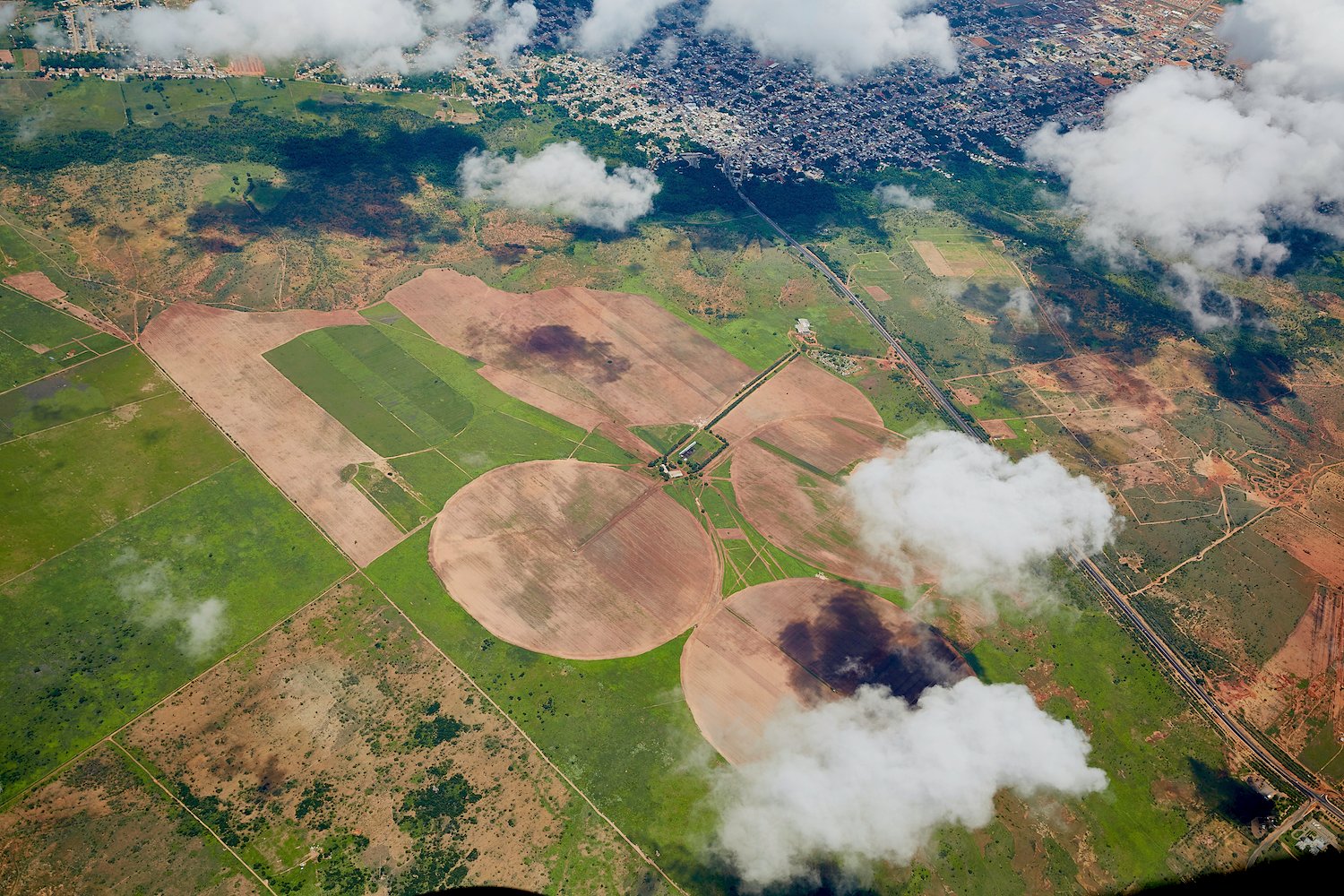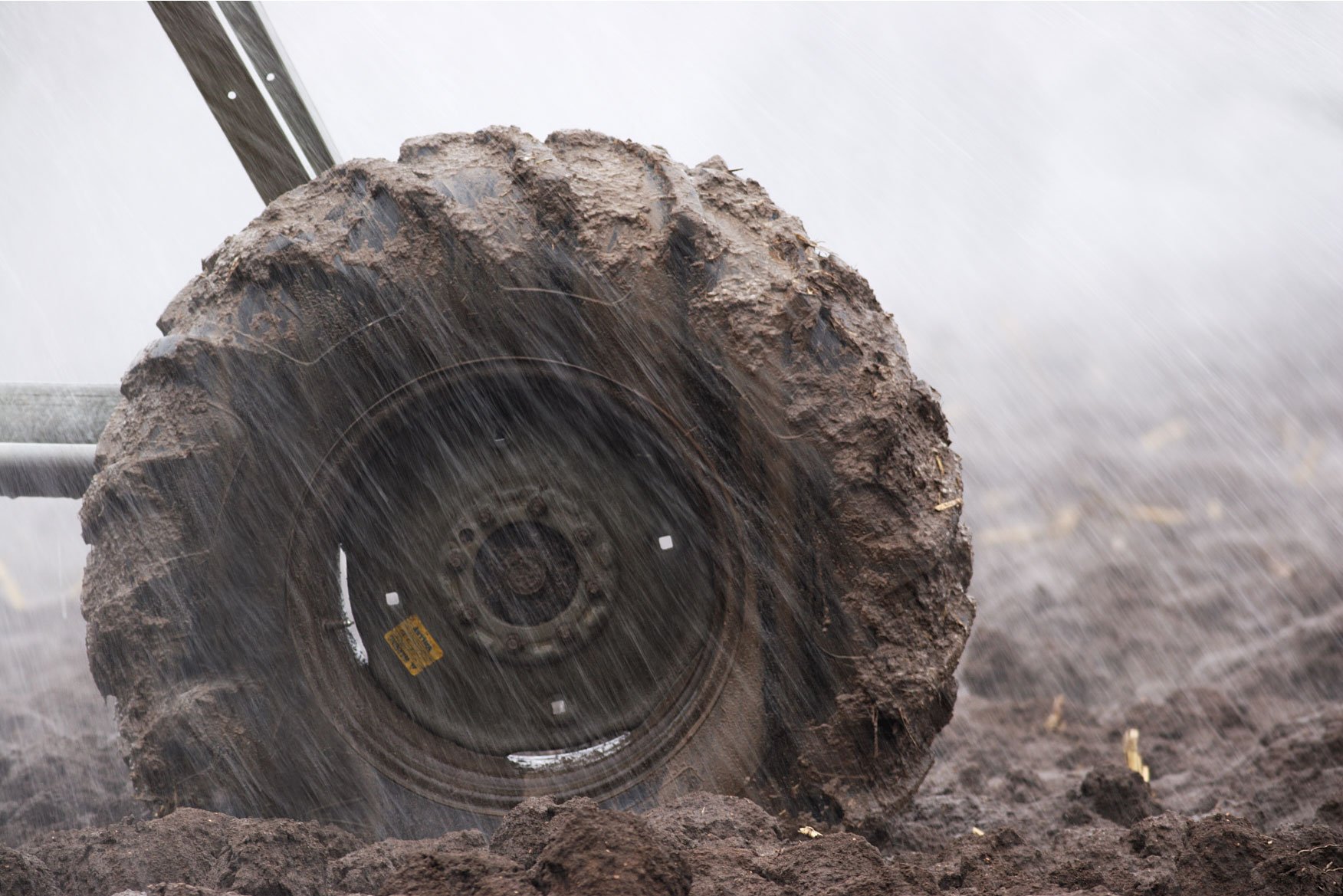Once harvest is over, most farmers are ready for a well-deserved break. However, the to-do list still includes fall field work and completing end-of-season maintenance on your irrigation systems.
For many growers, winterizing irrigation equipment before the first hard freeze is as important as in-season crop monitoring. Taking a systematic approach to post-season maintenance—which can be as simple as making a checklist—means you're less likely to overlook tasks that prevent costly repairs and increase the life of your system.
As always, be sure to refer to the owner’s manual of your specific pivot or drip system. Assuming that all systems require the same level of maintenance may result in an unexpectedly long to-do list come spring.
Here are a five key winterizing tasks recommended by Steve Melvin, Nebraska Extension irrigated cropping systems educator:
1. Open tower drains
All tower drains need to be opened, allowing water to drain out of the pipes before winter. It’s essential to dump and drain the rock trap and make sure all water is out of the end gun equipment and end cap, as well as other aboveground piping or equipment.
2. Diagnose sprinkler issues
“You can evaluate pivot performance from the previous season and diagnose future problems by looking at the crop patterns in your aerial imagery that was taken this past summer,” says Ceres Imaging agronomist Jeff Divan.
Even after harvest, you can notice non-uniform circular patterns in the remaining crop stalks—which often indicate a problem with the sprinkler package. Melvin notes that you can’t always rely on the combine yield monitor to pick up sprinkler issues because those problem areas usually are narrow, while the width of the combine head will collect grain from both poorly watered and well-watered areas.

3. Inspect each tower
At each gear box, drain any condensation and top off lubricant to the proper levels, while also checking tire condition and adjusting tire pressure to the recommended PSI. While inspecting the equipment, make note of any repairs or updates that need to be done before next season. Many irrigation dealers have a winter service program that may help lower costs.
4. Park carefully
Structural damage can result when the irrigation system is unable to relieve stress due to high winds and extreme temperature changes. To prevent this, park on a smooth surface away from existing wheel tracks and parallel with the prevailing winter winds.
5. Protect from interference
If the field will be grazed, fence off the pivot points to protect the equipment from cattle. Finally, make sure the pivot and pump starting systems are disabled or locked out. This prevents a pivot from being started late at night in the winter by trespassers—which could result in the pivot getting covered with ice and going down.

The off-season is also prime time to evaluate irrigation system performance. Ceres Imaging customers should review imagery and yield maps to identify opportunities to improve system design and maintenance practices.
Conducting a system performance review now allows you the opportunity to properly evaluate when repairs or upgrades become more costly than investing in a new system. If a big purchase is in your future, waiting until next season to identify your needs may not allow you time to get the new pivot up and running, or to arrange the best possible financing: planning ahead will reduce stress on your crop—and you!
